Sustainability
At LYTT, sustainability lies at the core of our values, embodied in our company's DNA and classical virtues: care, thoughtfulness, durability, quality, and aesthetics. Taking a holistic approach, we strive to maximize the potential of each location, resulting in projects that are truly green, blue, sustainable, and vibrant. Our ultimate goal is to create spaces where people can forge meaningful connections with one another, history, nature, and the wider world. Our guiding principle, "shaping lasting change," underscores our commitment to enduring sustainability. We ensure that our projects are enduring, comprehensive, tangible, and quantifiable in their sustainability efforts. To achieve this, we employ both established methodologies and the latest advancements in knowledge and practices.
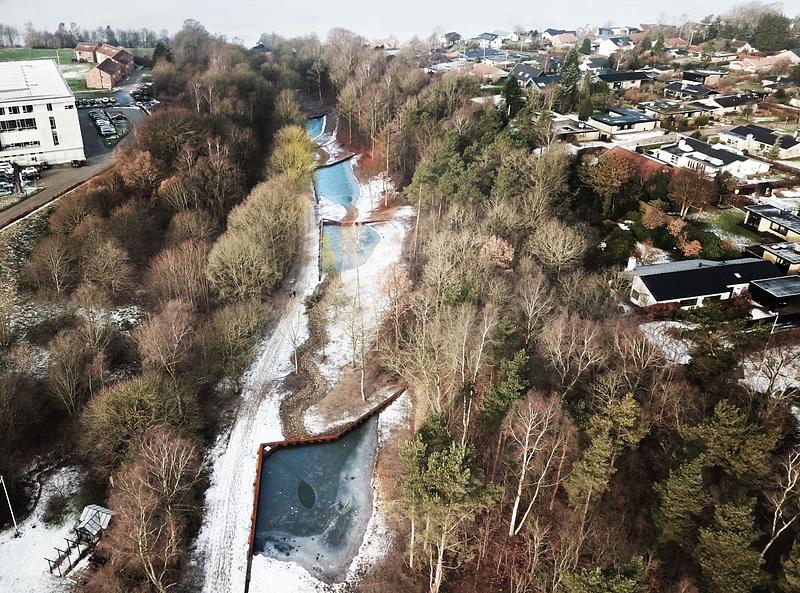
Approach
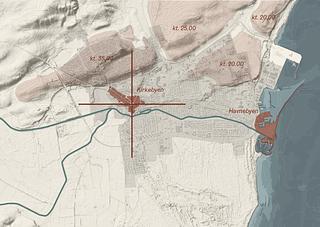
Initial Screening
Many of the most important decisions that have crucial consequences for a project's environmental impact are made in the early stages - during the planning and sketching phase. At this point we lay the groundwork, which greatly influences aspects such as terrain, water, infrastructure, functionality, and vegetation. Therefore, it is also in these early stages where we can truly affect the sustainability of a project. At LYTT we systematically work on conducting an initial sustainability screening of our projects to uncover project- and site-specific potentials. The screening serves as a guideline throughout the project's phases and sets the framework for further discussions with the client and collaborators.
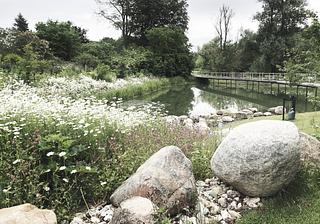
Biodiversity
In our projects, we consistently strive to harness the full potential and unique qualities of each site. Our goal is to create exceptional projects that harmonize with the inherent conditions of the location. With an exploratory approach, we delve into various aspects such as blue-green corridors, preservation of existing habitats, analysis of soil conditions, and understanding biotopes, among others. Our focus is on preserving, enhancing, and interconnecting the natural green and blue features while establishing a resilient and diverse vegetation. Additionally, we seamlessly integrate new urban nature with other functions, ensuring that aesthetics and utility complement each other. By doing so, our goal is to contribute to the conservation of species diversity and the overall health of ecosystems.
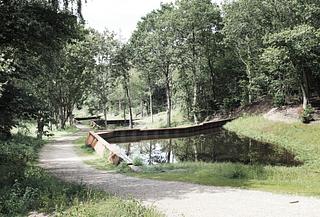
Rainwater Management
It is an inherent reality that water surrounds us abundantly. As a result, our approach to rainwater management revolves around embracing water rather than resisting it. We consider the challenges presented as opportunities to develop adaptive solutions that actively welcome water into the urban landscape, rather than repelling it. Rainwater, in our view, is a valuable resource that enriches urban areas, infusing them with vibrancy and verdancy. Moreover, the water facilitates connectivity among residential zones, fosters social engagement, and enhances biodiversity. Drawing upon our extensive expertise in surface water management, we adeptly navigate the intricacies of rainwater across diverse scales and contexts. Over the years, we have honed our technical and aesthetic proficiency to create optimal solutions through collaborative efforts involving all stakeholders in our projects.
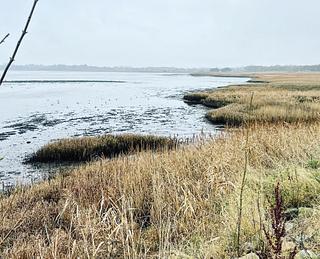
Seawater and Coastal Protection
The safeguarding of coastal cities against the inevitable rise in sea levels and increasingly severe storm surges is of paramount importance. As we prepare for the challenges that lie ahead, we must focus on implementing adaptive protection strategies that can be continuously fine-tuned to address the imminent threats posed by rising sea levels, groundwater, and rainfall. In our efforts to adapt coastal cities to the changing climate, our development plans are carefully crafted to ensure they offer tangible benefits for both humans and the environment.
We strive to create innovative solutions that seamlessly integrate dynamic urban development with aesthetically pleasing designs. By doing so, we effectively transform the raw power of nature—often captivating and awe-inspiring—into immersive experiences with the water. Our aim is to translate this mesmerizing force into encounters that are both harmonious and captivating, harmonizing the urban environment with the captivating beauty of the natural world.
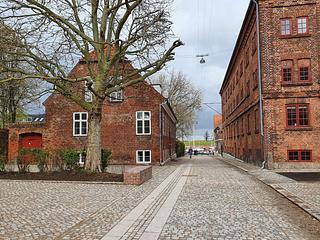.jpg)
Circular Economy
To ensure the sustainable utilization of a site's resources, it is crucial to meticulously register and evaluate the existing materials. By doing so, we can make informed and professionally supported decisions that prioritize conscious choices. In our extensive work with circular economy and material reuse across various projects, we view each project area as a valuable reservoir of materials.
During the initial screening phase, we diligently document and evaluate the site's materials, taking into account their quality and remaining lifespan. This comprehensive assessment encompasses not only vegetation, surfaces, and fixtures but also considers their contribution to the site's aesthetic appeal and experiential qualities. Additionally, we assess their inherent potential, ensuring that the distinctive qualities of the site can thrive in future projects, creating a seamless connection to the place and its historical context.
During the initial screening phase, we diligently document and evaluate the site's materials, taking into account their quality and remaining lifespan. This comprehensive assessment encompasses not only vegetation, surfaces, and fixtures but also considers their contribution to the site's aesthetic appeal and experiential qualities. Additionally, we assess their inherent potential, ensuring that the distinctive qualities of the site can thrive in future projects, creating a seamless connection to the place and its historical context.
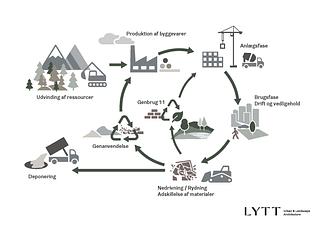
LCA Landscape
As landscape architects, we recognize the pivotal role our profession must play in reducing carbon dioxide (CO2) emissions within the construction industry. At LYTT, we are driven by the ambition to incorporate Life Cycle Assessment (LCA) calculations into our landscape projects, seeking innovative ways to contribute to this collective endeavor. While landscape architects already make significant contributions in areas such as biodiversity, Low Impact Development (LID), rainwater management, coastal protection, and soil management, the impact of climate change and CO2 emissions in landscape projects remains relatively understudied.
Nonetheless, our objective is resolute, and we are committed to doing everything within our power to achieve it. By actively embracing LCA calculations, we aim to shed light on the carbon footprint of our landscape projects and uncover avenues for reducing CO2 emissions. This commitment reinforces our dedication to sustainable practices and ensures that landscape architecture becomes an influential force in combating climate change.
Nonetheless, our objective is resolute, and we are committed to doing everything within our power to achieve it. By actively embracing LCA calculations, we aim to shed light on the carbon footprint of our landscape projects and uncover avenues for reducing CO2 emissions. This commitment reinforces our dedication to sustainable practices and ensures that landscape architecture becomes an influential force in combating climate change.